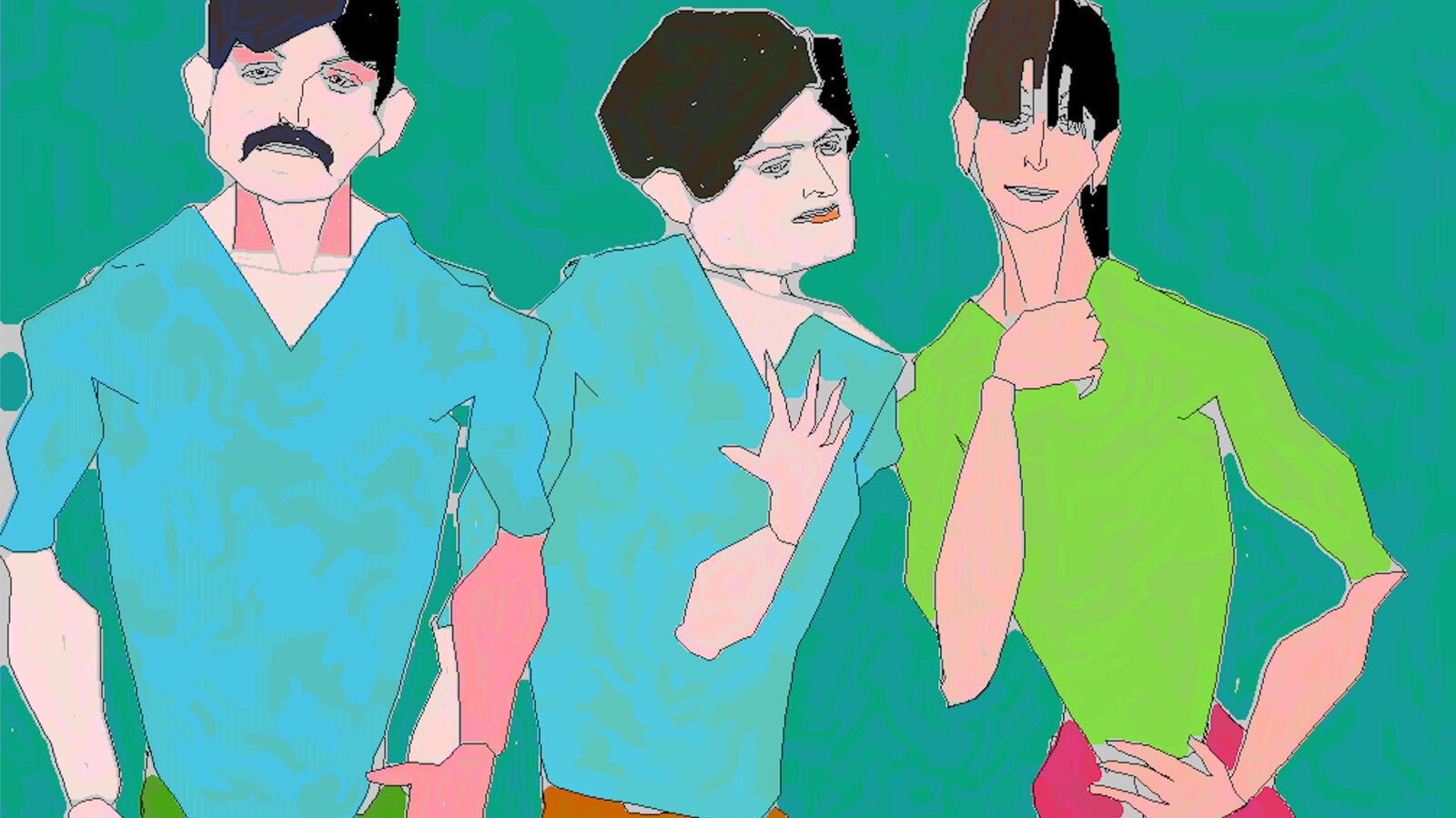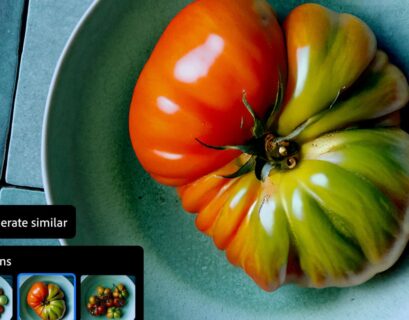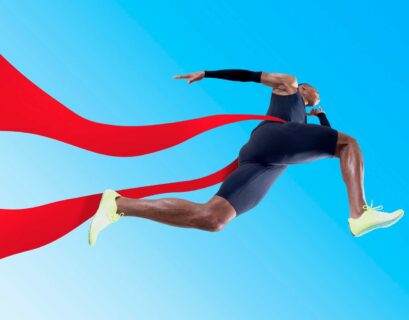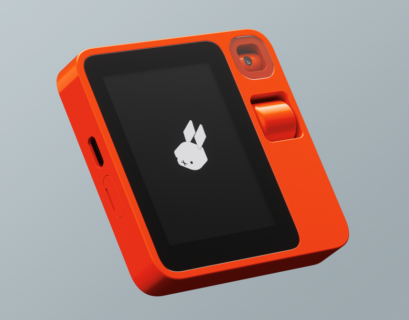The British artist Harold Cohen dedicated more than forty years perfecting his creation: an image-producing robot.
This isn’t just another demonstration of A.I.-generated art. The unique software, AARON, sets itself apart from other artificial intelligences. Developed by the artist Harold Cohen, he recognized that A.I. should not be viewed as a shortcut to intriguing art but rather as a tool, dependent on the skills of its user.
Displayed at the Whitney Museum, a selection of paintings created by Cohen in collaboration with AARON showcases the evolution of their collaborative style. Initially, in the 1970s, the artworks were characterized by abstract, fluctuating lines and crosshatched shapes due to the limitations of computing power. AARON, controlled by a robotic plotter and pen, was later enhanced by Cohen who manually added touches of colorful blush.
Over time, Cohen expanded AARON’s capabilities to encompass human forms, everyday objects like tables and flowerpots, and lush foliage. By 1995, an updated version of AARON could craft lively portraits within recognizable interior settings, utilizing a robotic arm to switch between different dye pots for coloring. In the mid-2000s, the artworks became adorned with cascades of sharp-edged leaves, as demonstrated by a real-time projection of a 2007 software iteration creating vibrant, crayon-colored jungles at the Whitney.
At the museum, two robotic plotters produce line drawings from earlier editions of AARON, depicting figures and intricate patterns. Displayed on the wall are abstract compositions generated by AARON in 1982 and 1978.
The late 1980s marked a significant period in Cohen and AARON’s collaboration, exemplified by pieces from the “Bathers Series” inspired by Paul Cézanne’s Impressionist works. “Coming to a Lighter Place” from 1988 features AARON’s characteristic round, flowing lines portraying figures surrounded by mustard and powder blue hues, set against a delicate forest highlighted with tangerine and fuchsia. This artwork exudes a sense of flourishing vitality and exuberance.
Before delving into programming, Cohen established himself as a proficient painter, with his canvases adorned with meandering, ribbon-like forms showcased in prestigious exhibitions such as the Venice Biennale and Documenta. His exploration of robotic drawing commenced amidst the burgeoning Silicon Valley and defense industry while teaching at the University of California, San Diego, in 1968. Despite the Apple II personal computer being a decade away, Cohen began experimenting with robotic art in 1972, with the official birth of AARON occurring during his residency at Stanford University’s Artificial Intelligence Laboratory from 1973 to 1975. Cohen remained in California, continuously refining AARON until his passing in 2016.










